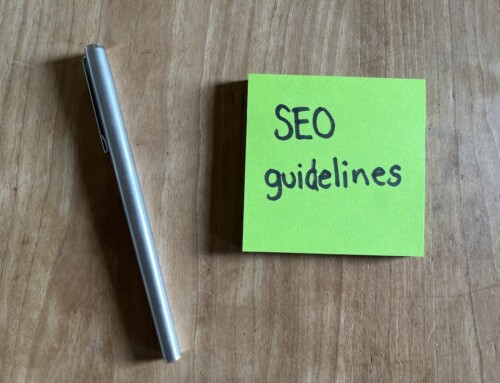Off-page SEO
HTML Meta Description
HTML code
For example
Purpose of the Meta Description
- That overview is used by Google to understand the content of the page, and to categorize it correctly, but it’s also used in Search Results as I’ll illustrate below here with an example.
- Meta Descriptions are shown beneath the Page Title in Search Results. In other words, that block of 160 characters or less that appears beneath the title of a search result is actually the meta description text.
Meta Description Example
Elements of the Meta Description
Keywords Matter
The keywords you wish to rank for (e.g. if you wish to rank for ‘2021 tax deadlines’ then make sure that exact phrase is included in your meta.) I suggest referring to your Page Title and verifying the same keywords you emphasize there appear in your meta. With the space we have for MEtas there’s ample room to work in several of the keywords that matter.
Length is Limited
Meta Descriptions should be 160 characters or less (with spaces).
Take Time to Write Them
Meta Descriptions should not be a comma-separated list of things (e.g. we do abc, def, and xyz) as that’s not very engaging for the users who see that in search. Remember this is an introduction to your site for most users so a few extra minutes spent here is time well spent.
Google May Substitute your Meta Description
If your Meta Description is missing, vague, or poorly written Google may opt to select text from the page to use as the Meta.
Add Calls to Action to Metas
Consider ending your Meta Description with a call to action which entices users to click (e.g. Get the Guide, Read the Article, etc).
Make your Metas Unique
It’s important that Meta Descriptions are not copied and pasted between pages/posts. Otherwise, a duplicated Meta will be more harmful to SEO efforts than they will be helpful.
Meta Description Example
Why this Example makes for a good Meta Description
- Pulls in the keywords ‘water heater’, ‘popping noise’, and ‘sediment problem’
- Is 125 characters long so below the maximum length.
- Is unique.
- Ends with a clear Call to Action that entices the user to read on.



